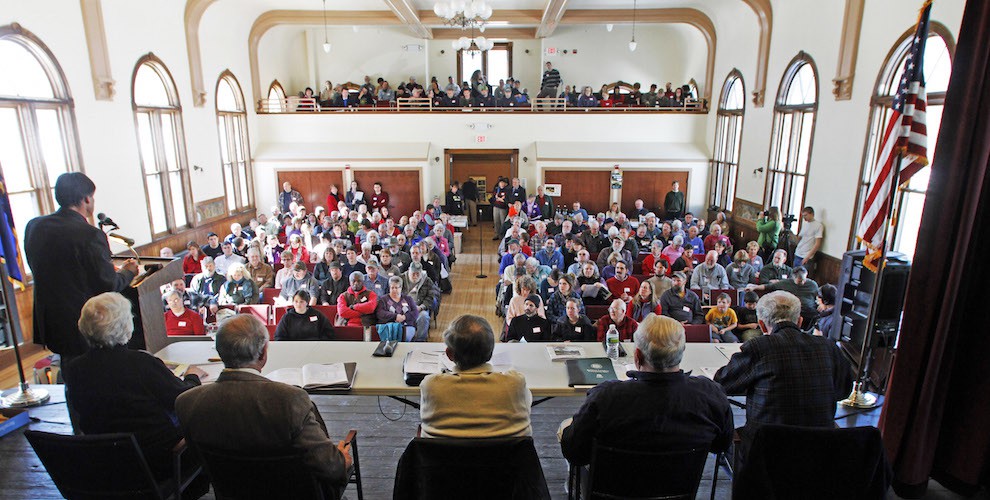Somewhere along the way in my community foundation journey, I came across a document that provides interesting insight into the birth of the community foundation field. Titled “Community Trusts in the United States and Canada”, it’s a survey done by the American Bankers Association in 1930. It's a fascinating snapshot of our profession, taken nearly 90 years ago.
At that time, 72 community foundations collectively held $32 million in assets. Grants disbursed in that year were just under $1 million.
While 72 community foundations had been created, only 40 held assets – the rest were set up and functioning but had not yet received any gifts. Furthermore, of the 40 with assets, only 31 were distributing grants – the rest were waiting until they grew larger before they started supporting local nonprofits.
At that time, every community foundation was in trust form, meaning that they were governed by one or more trustee banks. The corporate form (in which a board of directors governs the corporation) became more popular after World War II. Today, only a handful of community foundations continue to operate in trust form.
The New York Community Trust was the largest community foundation in 1930, with $8.7 million in assets. This was followed by Chicago ($5.1 million), Boston ($4.8 million) and Cleveland ($3.0 million). Rounding out the top ten largest were Winnipeg, Indianapolis, Denver, Buffalo, Milwaukee and Youngstown.
But the depression years were not kind to community foundations. The collapse of the stock market meant that many donors has less money to donate. In addition, most grants awarded were used primarily for poor relief.
Some community foundations decided to throw in the towel and call it quits. The foundations in Pittsburgh, Cincinnati, Houston and Orlando “ceased to exist”. The foundation in Rochester, New York was “absorbed by (the) Community Chest”. Even Columbus, Ohio apparently dissolved, as the report said that “no response had been received (from Columbus) despite repeated inquiries”.
Yet the tough times of the Depression and subsequent war could not extinguish the resiliency of the community foundation concept. Leaders we will never meet worked hard to create -- or reinvigorate -- community foundations in their hometowns. Thanks to these foresighted folks, today we are the beneficiaries of a large and thriving network of community foundations. There is a phrase I am fond of quoting:
It takes a noble person
To plant a seed for a tree
That will someday give shade to people
They will never meet
We never had the chance to meet those who blazed the path in creating community foundations nearly a century ago. But as you go about your business today – doing good work to serve the people of your community – think about those noble people who planted the seeds which blossom today, and provide much-need shade.
If you would like a copy of “Community Trusts in the United States and Canada”, click here.
